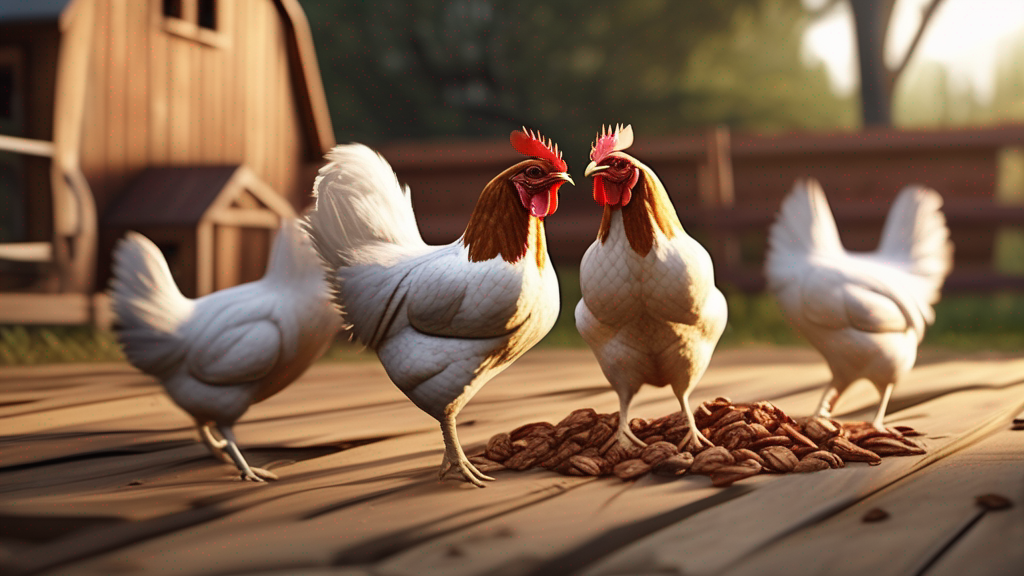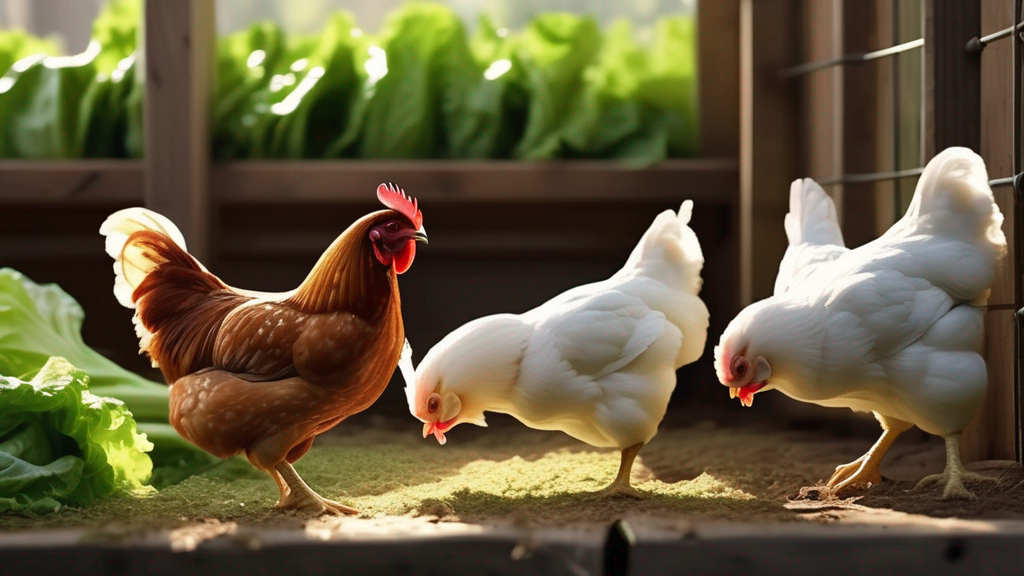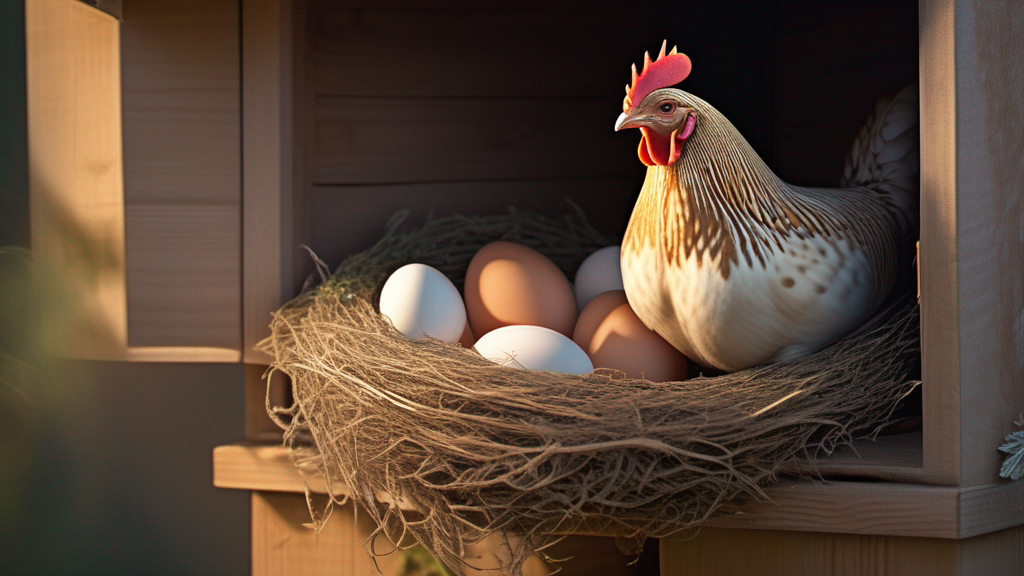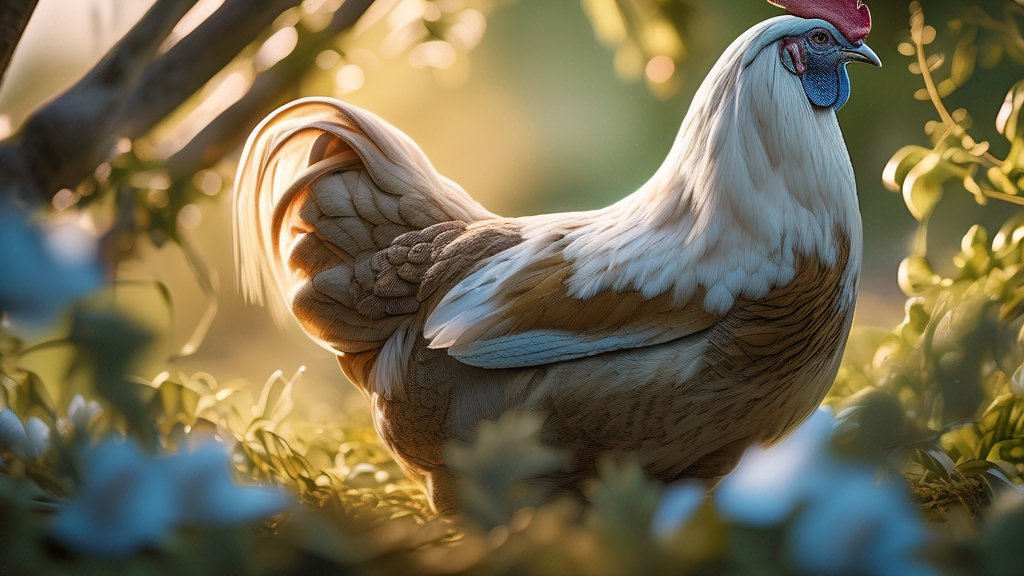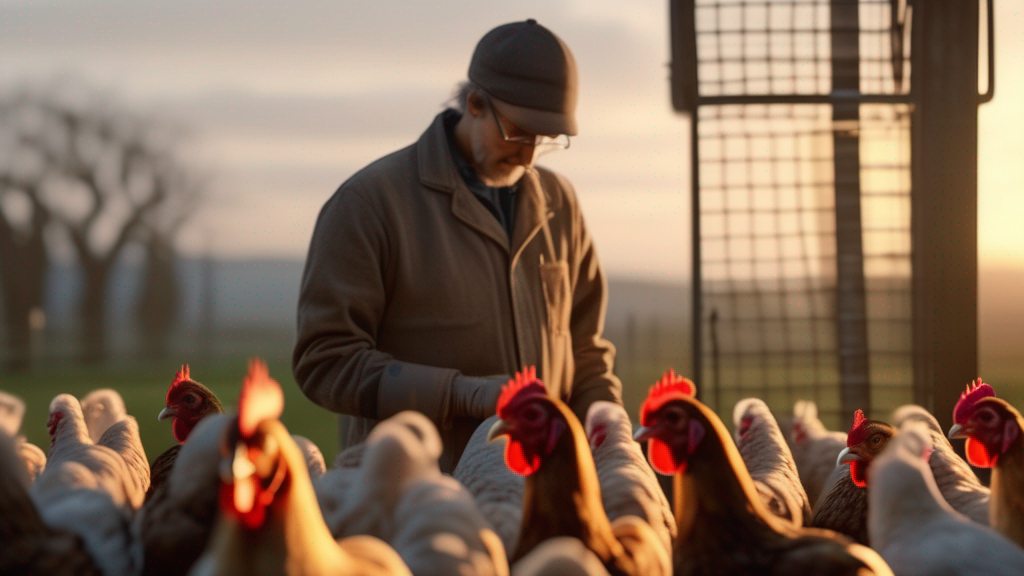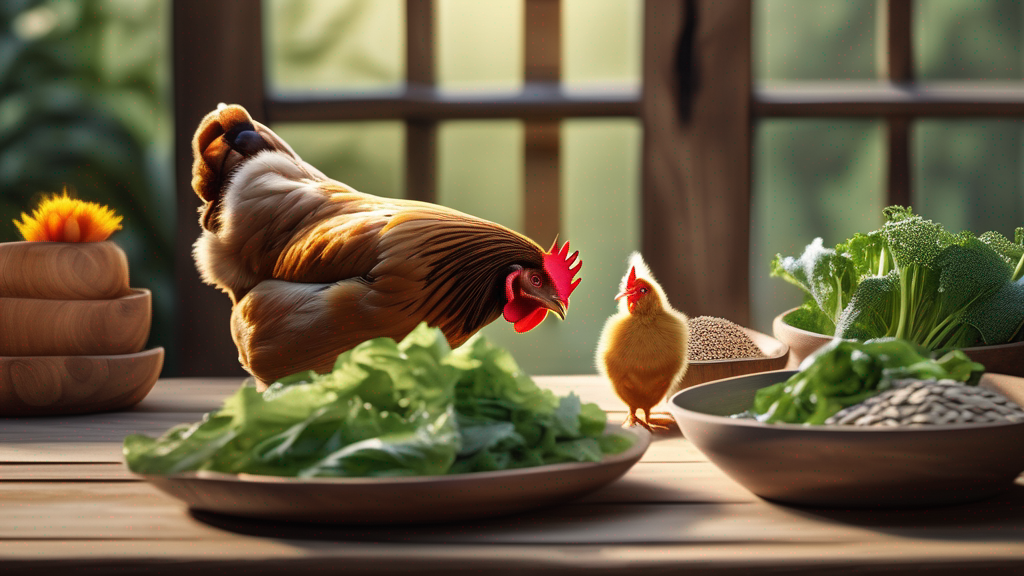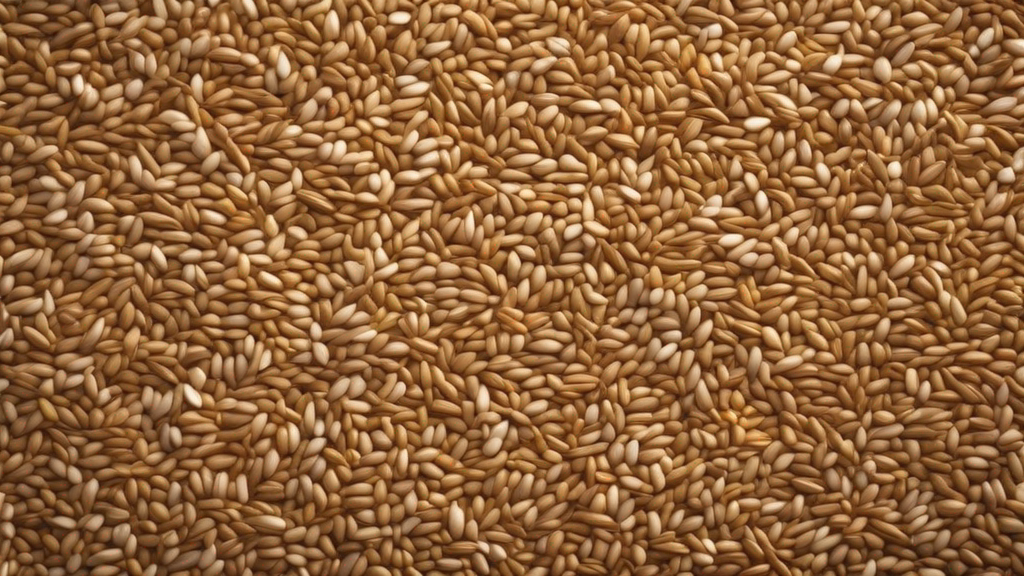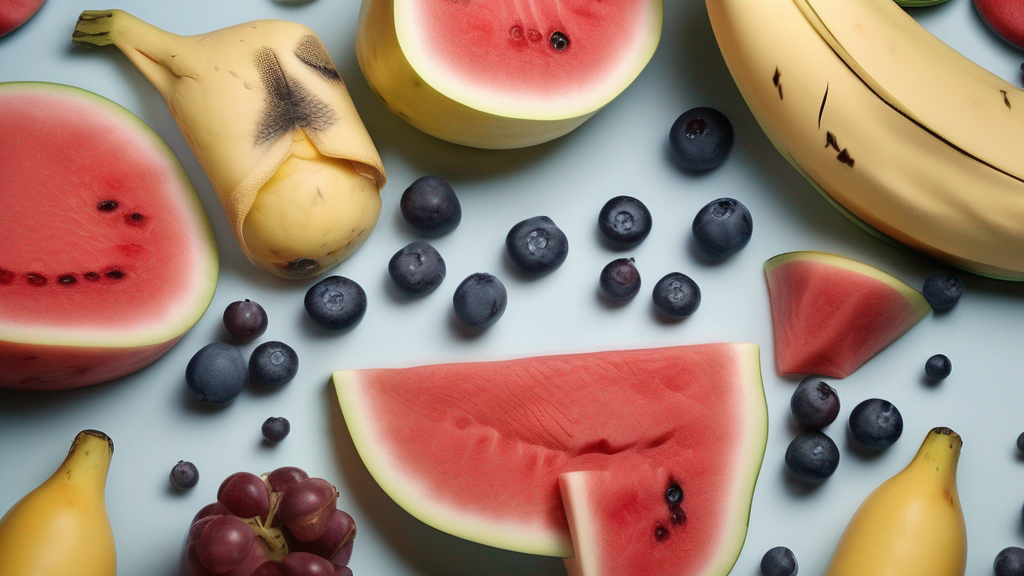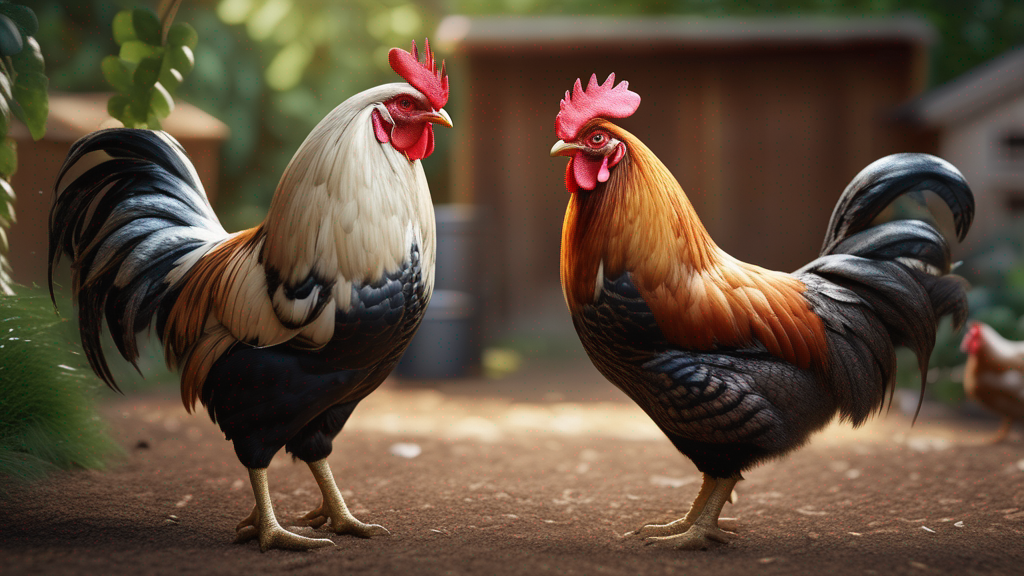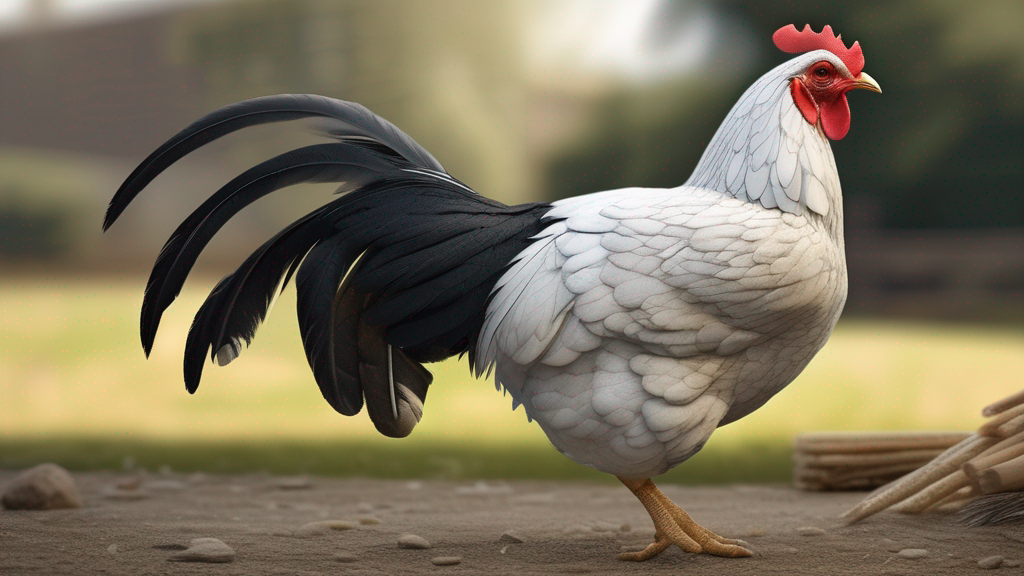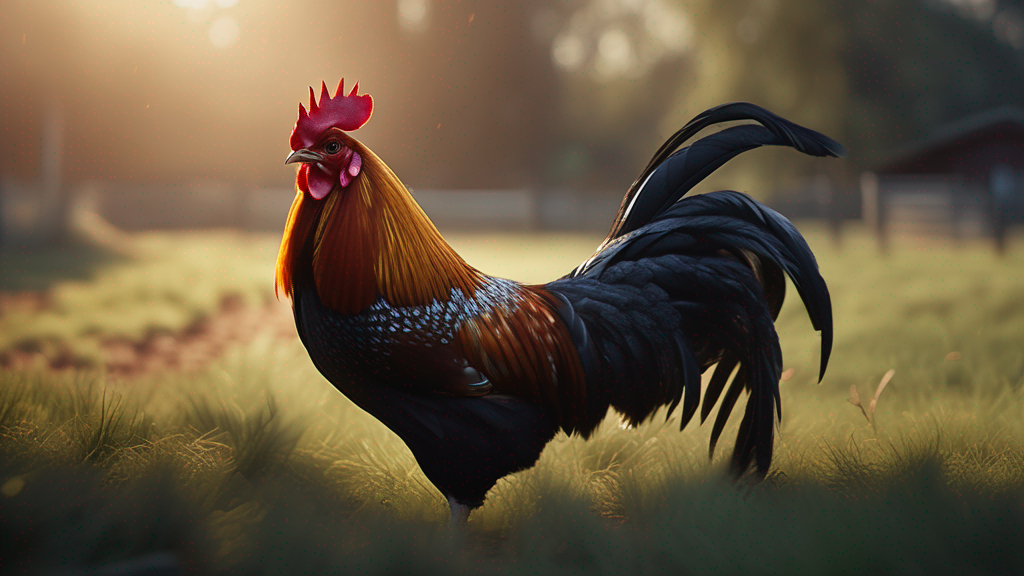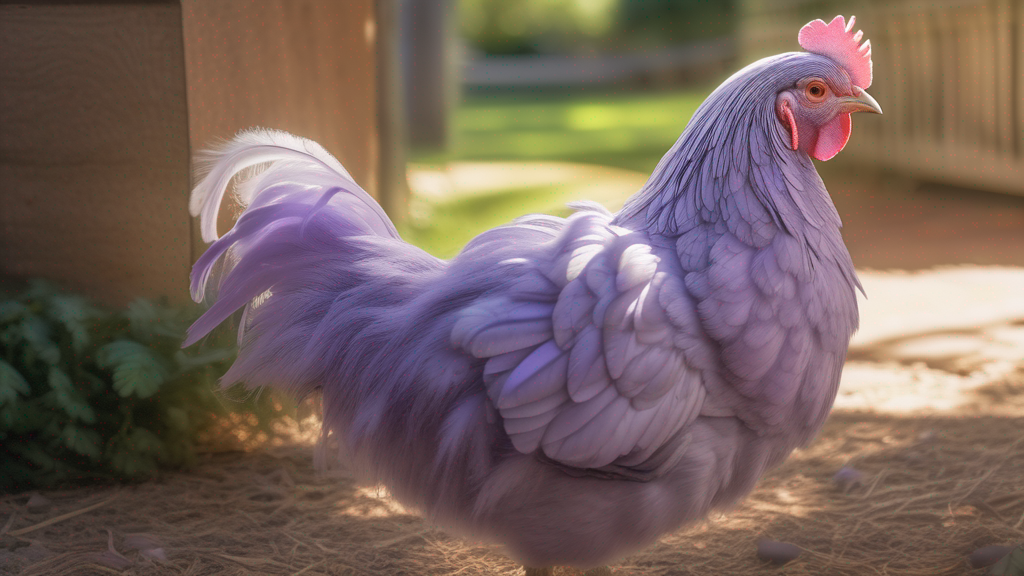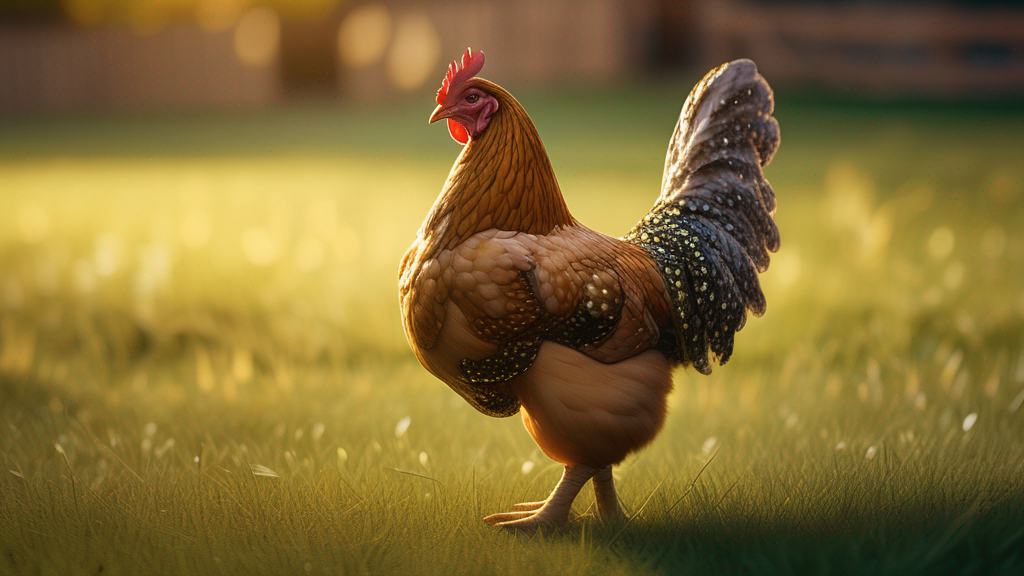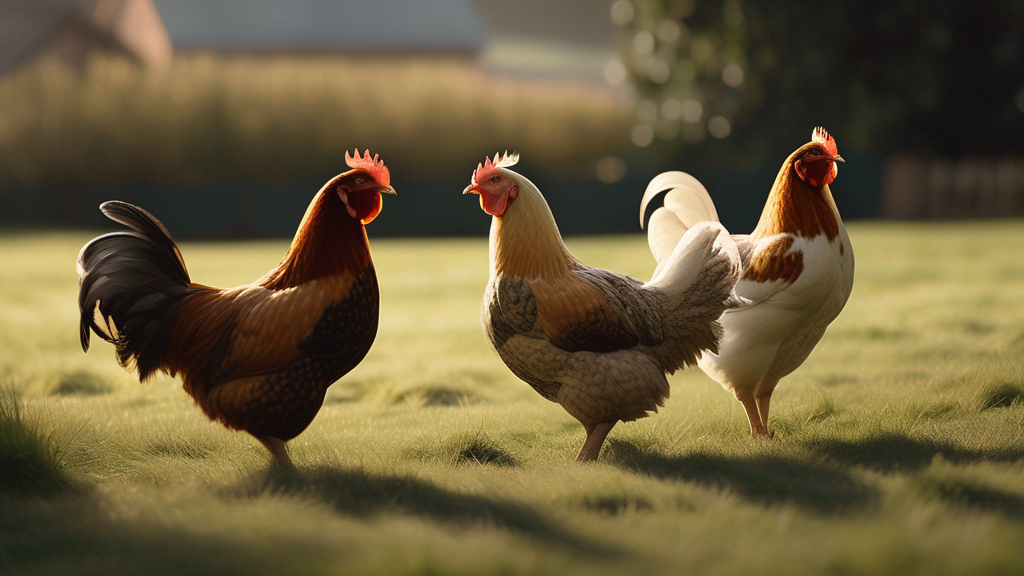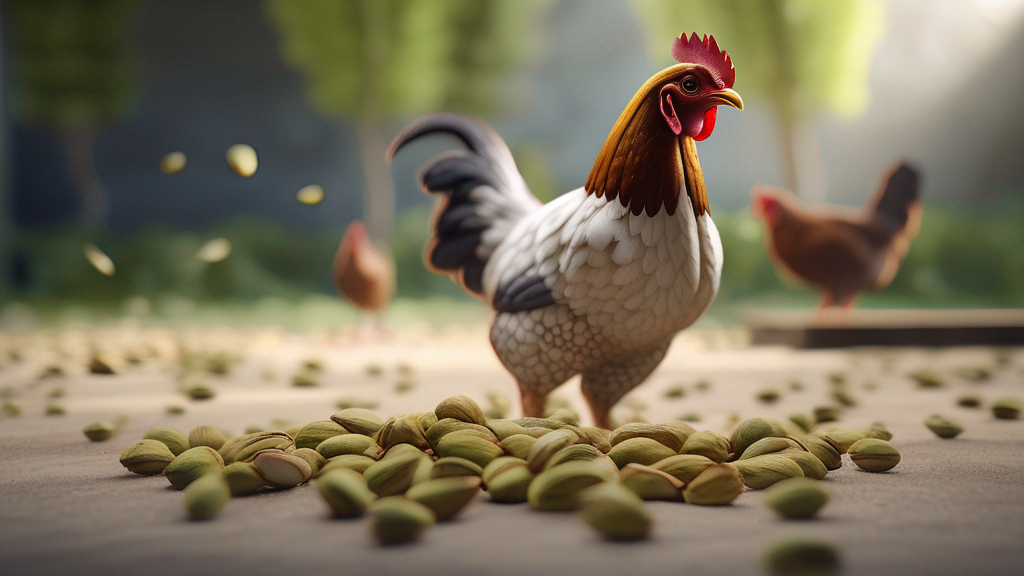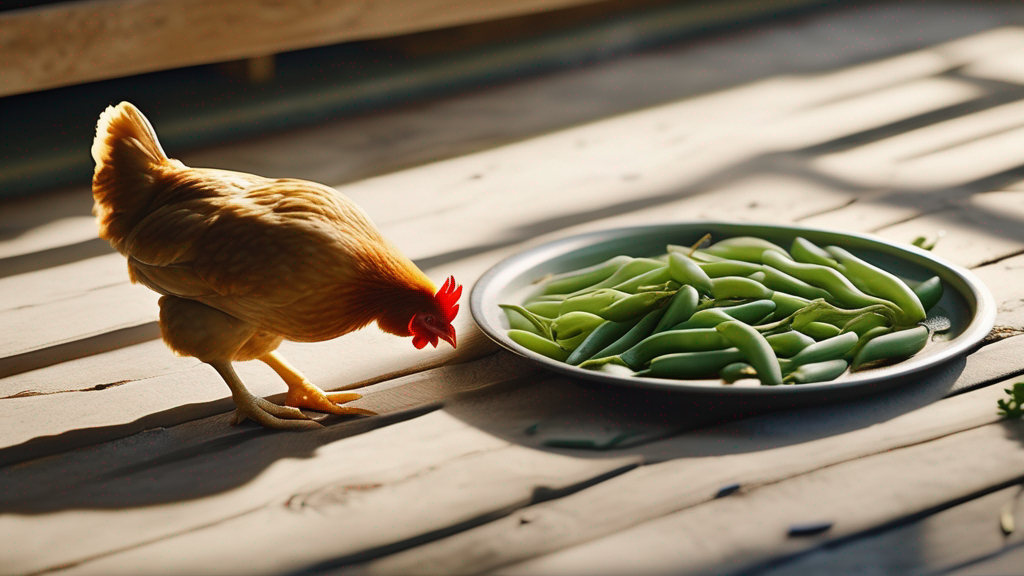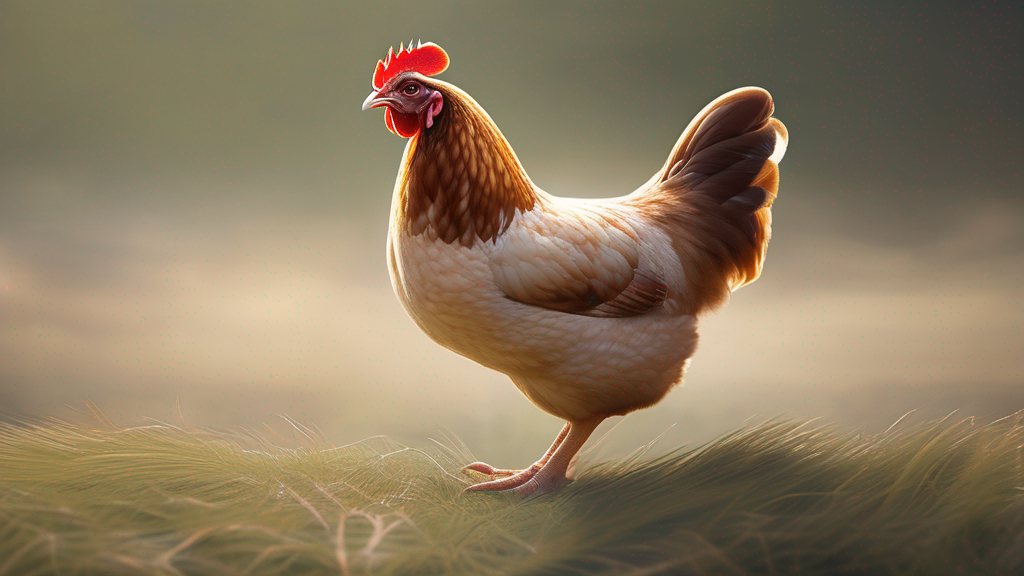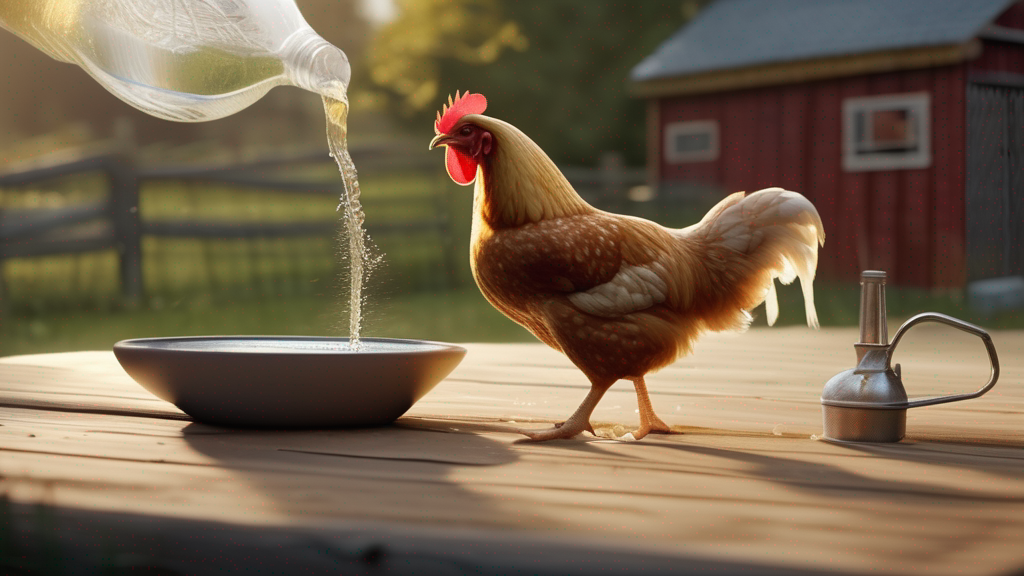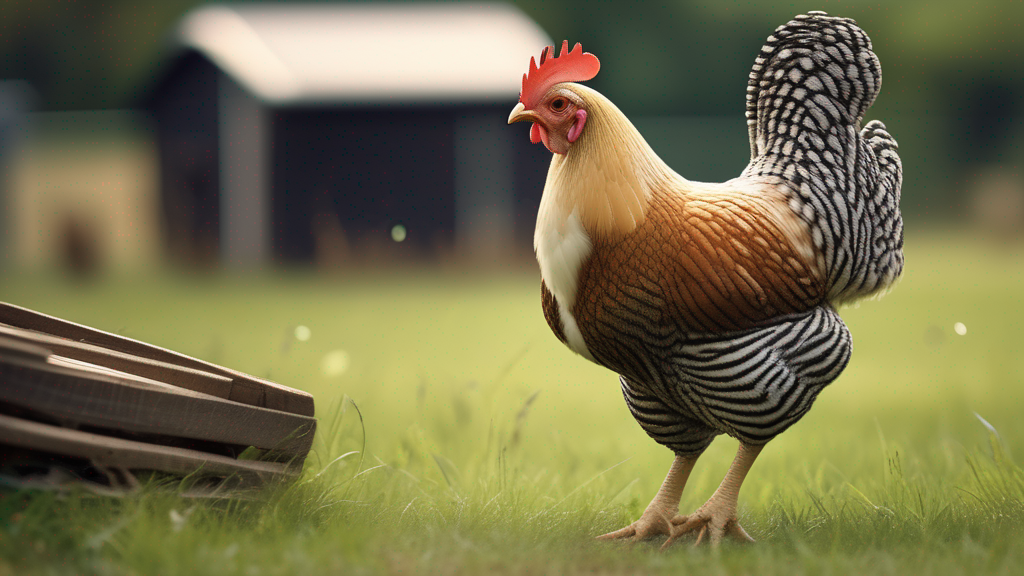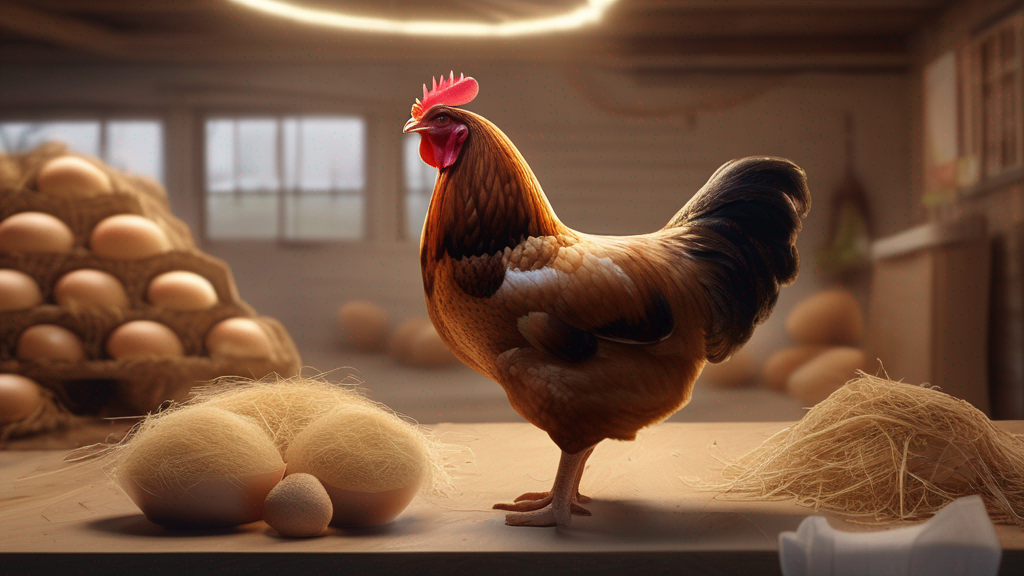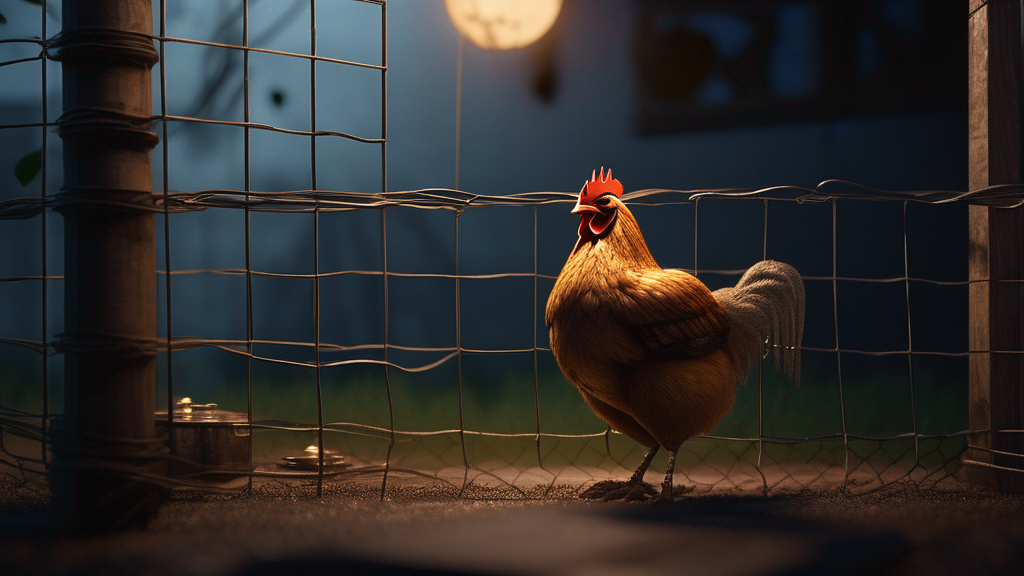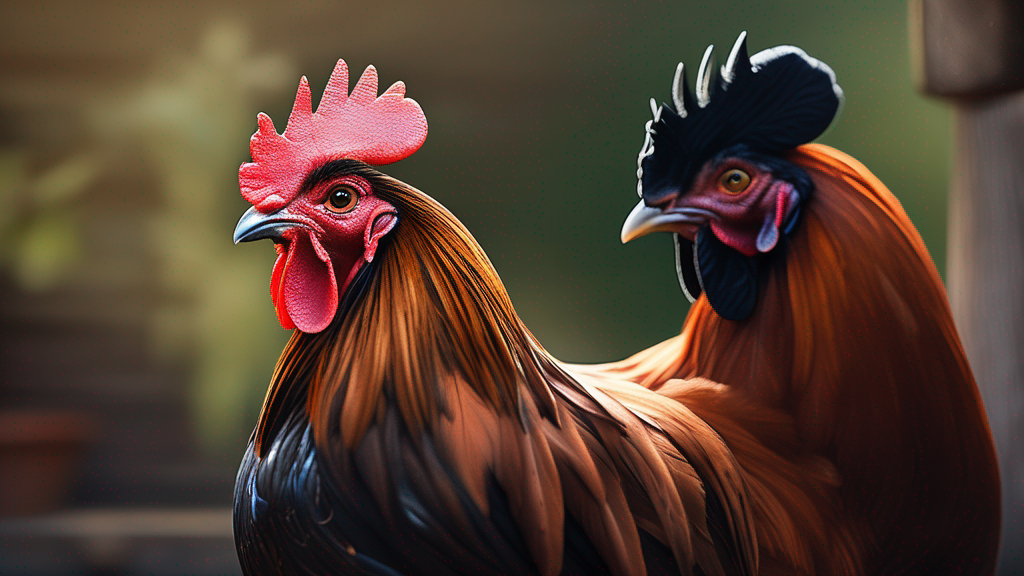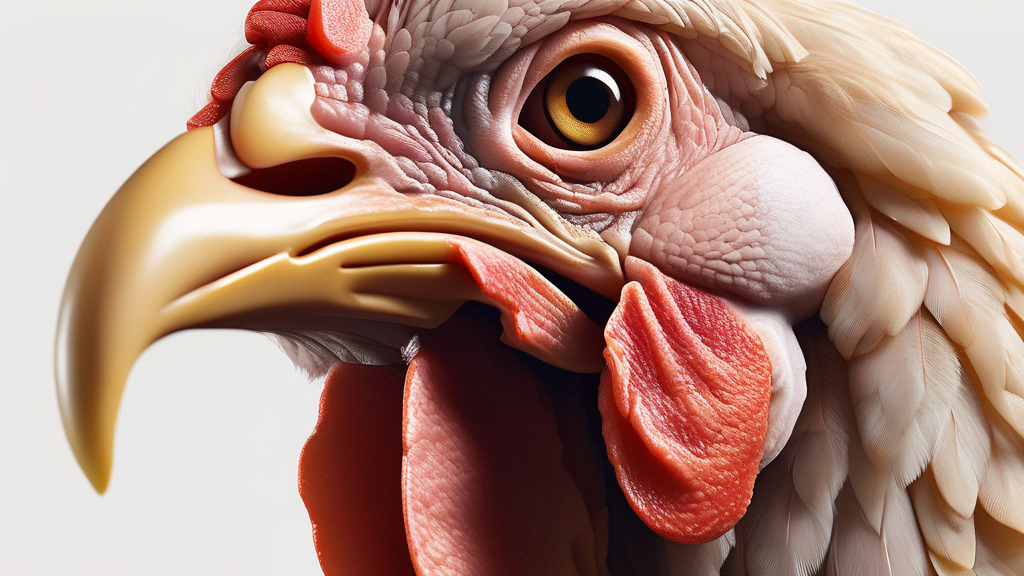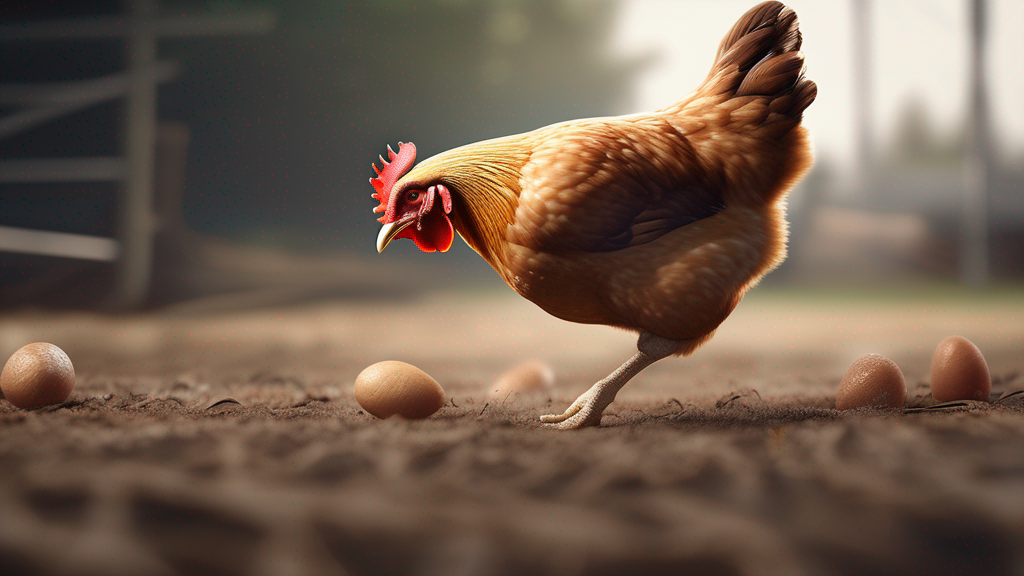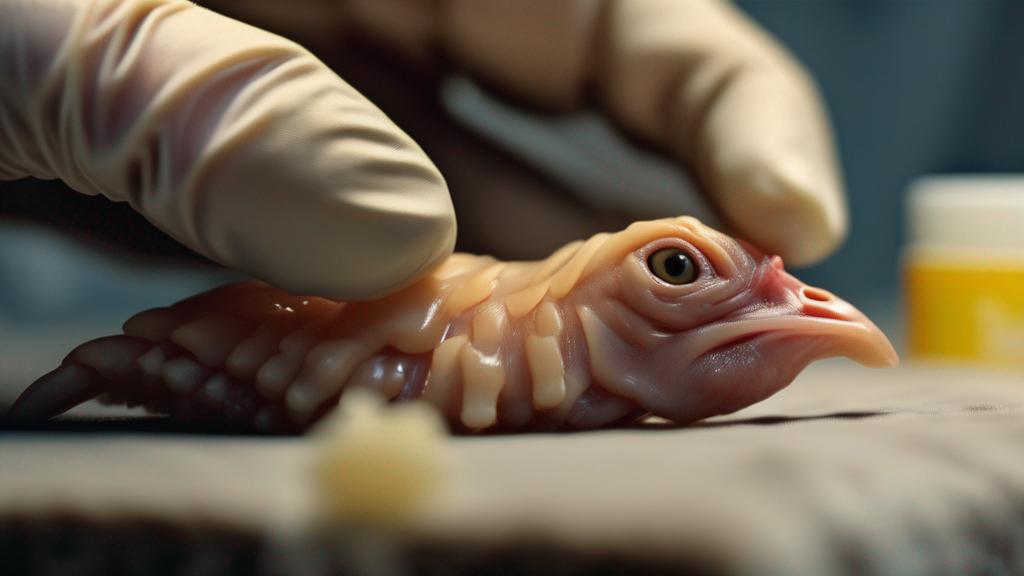Fruit can be a delightful, nutritious treat for chickens, providing hydration, vitamins, minerals, and enrichment. Yet not all fruits—or their seeds—are safe. Some fruit seeds or pits contain toxins that, if consumed, can harm or even be fatal to your flock. This extended guide dives deeper into the top three fruits to offer chickens, how to prepare them safely, additional fruit options for variety, seed hazards, feeding strategies, seasonal adjustments, enrichment ideas, and monitoring flock health. At over 1800 words, it offers a comprehensive resource to help you feed fruit treats thoughtfully, ensuring both enjoyment and safety for your birds.
Why Include Fruit in a Chicken’s Diet?
Chickens are omnivores and natural foragers. While their primary nutrition should come from balanced layer or grower feed, fruit serves as a supplemental treat with several advantages:
- Hydration: Many fruits have high water content (e.g., watermelon), helping birds stay cool in hot weather.
- Vitamins & Antioxidants: Fruits supply vitamins A, C, E, and antioxidants that support immune function, skin and feather health, and overall vitality.
- Minerals: Certain fruits contribute potassium, magnesium, and trace minerals beneficial for muscle function and egg formation.
- Enrichment & Foraging Behavior: Offering fruit encourages pecking, exploration, and variety in the diet, reducing boredom and pecking-related aggression.
- Energy Boost: Natural sugars in fruit can provide quick energy bursts—useful in cold snaps or during molt when extra calories may help.
However, fruit’s sugar content means overfeeding can lead to obesity, fatty liver, or nutrient displacement. Treats should remain below ~10% of total daily intake, with portion control and frequency carefully managed.
Top 3 Fruits for Chickens: Calorie & Safety Guide
Below is a table of the three best fruits to offer your flock regularly, including approximate calories per 100g, seed safety guidance, and key benefits:
| Fruit | Calories (per 100g) | Seed Safety | Primary Benefits |
|---|---|---|---|
| Watermelon | 30 kcal | Safe if seedless or with small black seeds; remove large white seeds. | Excellent hydration; vitamins A & C; low sugar; engaging texture for pecking. |
| Blueberries | 57 kcal | Safe — tiny seeds pose minimal risk; no need to remove. | Rich in antioxidants; immune support; small size makes serving easy. |
| Banana | 89 kcal | Safe — seeds are negligible; use ripe, unbruised fruit only. | Energy boost (natural sugars); potassium for muscle function; soft texture ideal for all ages. |
These fruits balance water content, beneficial nutrients, and manageable preparation. Next, we explore each in depth and discuss preparation, portioning, and frequency.
1. Watermelon
Nutritional Highlights: Approximately 90% water by weight, low calories (~30 kcal/100g), contains vitamins A and C, small amounts of potassium, magnesium, and antioxidants.
Benefits for Chickens:
- Hydration: Ideal on hot days; helps prevent heat stress.
- Low Sugar: Compared to many fruits, watermelon has lower sugar concentration, reducing obesity risk if portioned properly.
- Digestive Aid: High water and fiber can aid gut motility when fed sparingly.
- Enrichment: Large chunks or rinds encourage natural pecking and exploration.
How to Prepare & Serve:
- Remove Large Seeds: If using seeded watermelon, remove large white seeds to avoid any choking risk or digestive upset. Small black seeds are generally safe but some keepers prefer seedless varieties to simplify prep.
- Cut into Manageable Pieces: Offer large chunks for adult birds to peck at; for younger or timid birds, smaller chunks or scooped balls can help.
- Serve Cold—but Not Icy: Chilled pieces are refreshing in heat; avoid frozen pieces that can chill the crop excessively, especially in cooler times.
- Rind Usage: Washed rind (outer green skin) can be chopped finely or offered in small strips—some chickens enjoy the texture; ensure rind is free of pesticides and thoroughly cleaned.
- Portion Control: For a flock of 4–5 hens, 1–2 medium wedges or half a small watermelon per feeding session 1–2 times per week in hot weather is typically sufficient. Adjust for flock size and appetite.
- Timing: Offer after main feed to prevent birds from filling up on fruit and neglecting balanced feed. Morning or early afternoon servings work best in warm weather.
Seasonal Strategy:
In midsummer, increase watermelon servings slightly (within 10% treat limit) to support hydration. In cooler months, limit or avoid watermelon to prevent chilling; switch to warming treats like banana or cooked squash.
2. Blueberries
Nutritional Highlights: ~57 kcal/100g. High in antioxidants (anthocyanins), moderate vitamin C, fiber, manganese, and phytonutrients.
Benefits for Chickens:
- Immune Support: Antioxidants help reduce oxidative stress during molting or after illness.
- Small Size: Easy to scatter for foraging; minimal prep required.
- Low Toxicity Risk: Small edible seeds pose negligible hazard; no need for seed removal.
- Palatability: Many chickens enjoy the sweet-tart flavor.
How to Prepare & Serve:
- Wash Thoroughly: Remove any pesticide residues or dust.
- Check for Mold: Discard any moldy or overripe berries to avoid mycotoxin risks.
- Scatter or Mix: Scatter berries on bedding or run to encourage natural foraging, or mix small handfuls into scratch or feed for novelty.
- Portioning: For 4–5 adult hens, 1–2 tablespoons of berries per serving, 1–2 times per week is appropriate. Adjust according to flock size; too many berries can increase sugar intake beyond desired levels.
- Frozen vs. Fresh: Frozen berries can be offered in summer as cool treats; thaw slightly first to avoid icy chunks that may chill the crop. Fresh is best when in season or sourced locally; otherwise, frozen is a good option off-season.
Seasonal Strategy:
During molting or recovery from mild illness, blueberries’ antioxidants can support recovery. In cold weather, use sparingly due to moderate sugar content; mix with grains for balanced energy.
3. Banana
Nutritional Highlights: ~89 kcal/100g. Rich in natural sugars (glucose, fructose), fiber, potassium (~358 mg/100g), B vitamins, and small amounts of vitamin C and magnesium.
Benefits for Chickens:
- Energy Boost: Natural sugars can help birds recover energy during cold snaps, after stress, or during molt when extra calories assist feather regrowth.
- Potassium: Supports muscle function and electrolyte balance, helpful in heat stress or after exertion.
- Soft Texture: Easy for younger or weaker birds to consume; mashable into feed mash.
- Palatable: Many chickens eagerly eat banana, making it useful for administering medication (mixed with mashed banana) or probiotics.
How to Prepare & Serve:
- Use Ripe Bananas Only: Overripe bananas are acceptable if not fermented; avoid bananas with mold or fermentation.
- Mash or Slice: Mash banana flesh and mix with crumbled feed or oats for a balanced treat, or slice into small pieces for foraging.
- Peel Usage: Washed banana peels can be chopped finely and offered in small amounts after removing any stickers or labels and thoroughly washing to remove pesticides.
- Portioning: For a small flock (4–5 hens), half a banana mashed per serving, 1–2 times per week is suitable. Because of higher sugar and calorie content, avoid overfeeding bananas in warm weather or if birds are overweight.
- Mix with Protein: For molt support, mix mashed banana with a small handful of mealworms or soybean meal to balance energy with protein needs.
Seasonal Strategy:
In winter or during cold spells, bananas can provide quick energy; in hot weather, offer minimal banana or skip in favor of hydrating, low-fat fruits to avoid heat stress.
Additional Fruits for Occasional Variety
Beyond the top three, several other fruits can be offered occasionally for diversity. Below is a supplementary table listing additional fruits with approximate caloric values and key notes:
| Fruit | Calories (per 100g) | Preparation & Safety Notes | Frequency |
|---|---|---|---|
| Apples (flesh only) | 52 kcal | Remove all seeds/core; slice or chop; wash thoroughly. | Occasional (once/week), small amounts |
| Grapes | 69 kcal | Seedless preferred; cut large grapes in half to prevent choking; high sugar. | Rarely (once every 2 weeks), small handful |
| Pears (flesh only) | 57 kcal | Remove seeds/core; wash; soft texture—chop small. | Occasional (once/week), small amounts |
| Strawberries | 33 kcal | Wash; remove stems; cut large berries; moderate sugar. | Occasional (1–2×/month), small handful |
| Melons (cantaloupe/honeydew) | 34–36 kcal | Remove rind and seeds; chop flesh; hydrating. | Occasional in warm weather, moderate amounts |
| Peaches (flesh only) | 39 kcal | Remove pit completely; wash; small diced bits; sugar moderate. | Rarely (once/month), very small amounts |
| Cherries (pits removed) | 50 kcal | Remove pits to avoid cyanide; wash; chop small. | Very occasional (once/month), minimal |
| Mango | 60 kcal | Remove skin and pit; chop; high sugar—use sparingly. | Very occasional (once/month), small bits |
| Papaya | 43 kcal | Remove seeds; chop soft flesh; enzymes may aid digestion. | Occasional (1–2×/month), small amounts |
| Pineapple | 50 kcal | Remove skin and core; offer small pieces; acidity may upset some birds. | Rarely (once/month), tiny bits |
Use this table to rotate occasional treats. Because sugar and acidity vary across fruits, always start with small portions, observe bird reactions, and adjust frequency accordingly.
Seeds & Pits to Strictly Avoid
Certain seeds contain toxic compounds (e.g., cyanogenic glycosides, persin). Always remove seeds/pits fully before offering fruit. Below is a table of dangerous seeds/pits and their effects:
| Seed/Pit | Toxic Compound | Potential Effect on Chickens |
|---|---|---|
| Apple Seeds | Cyanogenic glycosides (release cyanide) | Interferes with oxygen transport; can be fatal in sufficient quantity. |
| Cherry Pits | Cyanide precursors | Highly toxic; choking hazard; can cause respiratory distress and death. |
| Peach Pits (and Apricot Pits) | Cyanide precursors | Toxic to nervous and digestive systems; can be fatal. |
| Plum Pits | Cyanide precursors | Similar risk to peaches/apricots; remove completely. |
| Avocado Pit & Skin | Persin (fungicidal toxin) | Causes respiratory distress, heart damage; avoid all avocado parts. |
| Pear Seeds | Cyanogenic compounds | Same risk as apple seeds; remove core and seeds fully. |
| Apricot Pits | Cyanide precursors | Highly toxic; never feed. |
**Key Point:** Even small fragments left in peels or flesh can pose risk over time. Always core and inspect fruit carefully before serving.
Preparation & Safety Measures
1. Washing & Sanitizing
Fruits often carry pesticide residues, dust, or microbial contaminants. Rinse all fruit under clean running water. For extra safety, soak cut pieces in a mild vinegar solution (1 part white vinegar to 3 parts water) for a few minutes, then rinse thoroughly. Allow fruit to drain to avoid excess moisture in the feeding area.
2. Cutting & Portioning
- Remove Inedible Parts: Always discard cores, pits, seeds (as per safety table), tough skins if necessary (e.g., thick melon rinds or pineapple skin).
- Size Appropriately: Cut into bite-sized pieces for adult hens; mash or finely chop for young or timid birds. Larger birds can handle chunks or wedges that encourage pecking.
- Even Distribution: Scatter pieces over bedding or run to reduce competition; mixing small amounts into scratch or feed can also distribute fruit evenly.
3. Timing & Portion Control
- Feed After Main Meal: Offer fruit after hens finish most of their balanced layer feed to prevent displacement of essential nutrients.
- Frequency: For top 3 fruits, 1–2 times per week each; for additional fruits, 1–2 times per month in small quantities. Always monitor treat percentage to keep below ~10% of total intake.
- Seasonal Adjustments: In hot weather, favor hydrating fruits (watermelon, melon, berries). In cold weather or during molt, use energy-dense fruits (banana) sparingly. Avoid offering large amounts of watery fruit in cool evenings to prevent chilling.
- Serving Environment: Provide fruit in a clean area; remove uneaten pieces within 1–2 hours to prevent spoilage, mold growth, or attracting pests.
Feeding Strategies & Enrichment
1. Foraging Encouragement
Scatter fruit pieces or seeds (safe ones) lightly over bedding or run surface. Chickens enjoy scratching and pecking to find treats, stimulating natural behaviors and reducing boredom.
2. Mixed Treat Cups
Fill shallow cups or treat feeders with a mix of chopped fruit, grains (e.g., oats, cracked corn), and greens. Hang or place at chicken height so multiple birds can peck without crowding one spot.
3. Frozen Treats
In warm weather, freeze small batches of fruit pieces (e.g., chopped watermelon and blueberries) in ice cubes or ice blocks (in shallow containers). Offer in shaded area so chickens can peck at them slowly, cooling down and engaging their curiosity. Avoid giving very cold pieces in cool weather.
4. Fermented Fruit Mash
Fermentation can introduce beneficial probiotics and improve digestibility. To make a simple fermented treat:
- Chop safe fruit (e.g., banana, berries) into small pieces.
- Optionally mix with small amount of grains (e.g., oats).
- Add a mild salt brine (0.5–1% salt by weight) or a bit of existing probiotic starter.
- Allow to ferment in a clean container at moderate temperature (18–22°C) for 24–36 hours, checking for off-odors or undesirable mold (discard if suspect).
- Offer small spoonfuls to chickens, especially after antibiotic treatment or during digestive upsets. Introduce gradually and monitor droppings.
5. Integrating with Feed
Mix small chopped fruit bits into crumble feed or mash to add moisture and novelty. Ensure fruit proportion remains low so chickens continue consuming the primary balanced feed.
Seasonal Feeding Adjustments
Hot Weather
- Increase hydrating fruits like watermelon, cantaloupe, honeydew, and berries.
- Offer early morning or late afternoon to avoid extreme midday heat.
- Remove uneaten fruit quickly to prevent fermentation or insect attraction.
Cold Weather
- Use energy-dense fruits (banana) sparingly for warmth; mix with protein sources during molt or illness recovery.
- Avoid large amounts of watery fruit to prevent chilling; allow torn pieces to warm slightly indoors before offering.
Molt & Recovery Periods
- During molt, chickens need extra protein; mix small fruit portions with high-protein treats (mealworms, soybean scraps).
- Use antioxidant-rich fruits (blueberries, strawberries) to support immune health and feather regrowth.
Monitoring Flock Health & Reactions
Whenever introducing or rotating new fruits:
- Observe Droppings: Monitor consistency and frequency. Watery droppings beyond 1 day signal overfeeding watery fruit; reduce portion or switch to less watery form (e.g., dehydrated or fermented).
- Check Feed Intake: Ensure chickens continue eating their balanced feed. If birds leave feed to overconsume fruit, reduce fruit frequency or serve smaller portions.
- Watch Body Condition: Feel keel bone and breast muscle periodically. Excess fat or weight loss indicates diet imbalance.
- Egg Production & Shell Quality: Sudden drops or thinner shells may hint at nutrient displacement; adjust treat regimen accordingly.
- Behavioral Observations: Over-competition or aggression at treat time suggests portioning or scattering issues; spread treats widely or use multiple feeding stations.
- Allergic or Adverse Signs: Rarely, individual birds may show reluctance or mild upset; discontinue that fruit for the flock if suspect reactions arise.
Storage & Handling of Fruit Treats
Proper storage avoids spoilage and contamination:
- Fresh Fruit: Store in refrigerator; use within a few days. Prepare just before serving; avoid leaving cut fruit at room temperature for extended periods.
- Frozen Fruit: Keep frozen until use; thaw slightly if very cold. Use frozen berries or chopped fruit for seasonal convenience.
- Dehydrated or Freeze-Dried: Store in airtight containers; sprinkle small amounts over feed for fiber without excess water load.
- Leftover Fruit Waste: Compost uneaten safe fruit promptly; remove hazardous seeds/pits before composting to avoid accidental access by wildlife or pets.
Expert Tips & Keeper Insights
- “Fruit treats should be occasional—balanced feed remains the staple. When offering fruit, always observe portion control and ensure feed intake remains stable.” – Dr. Emily Carter, Poultry Nutrition Specialist.
- “Hydrating fruits like watermelon help chickens cope with heat stress. Scatter large wedges so birds peck gradually.” – Backyard Poultry Journal.
- “Berries are great immune boosters during molt or after mild illness. Freeze some in summer for off-season use.” – Homestead Chicken Keepers Association.
- “Always remove pits/seeds fully, especially stone fruit seeds, to avoid cyanide poisoning. Better to err on the side of extra prep time.” – Poultry Health Network.
- “Enrichment is key: hide small fruit pieces in scratch areas or in treat puzzles to keep chickens mentally stimulated.” – The Happy Coop Podcast.
Case Study: Implementing a Fruit Treat Program
Background: A keeper manages a flock of 6 mixed breeds in a suburban backyard. The goal is to provide healthy treats without affecting egg production or health.
Approach: Over a 3-month period, the keeper introduces:
- Weekly Watermelon Wednesday: Serve 1 small watermelon wedge mid-morning in summer months. Monitor consumption and ensure birds still eat feed.
- Blueberry Boost: Twice monthly, scatter 2 tablespoons of fresh or thawed blueberries in the run for foraging.
- Banana Bites: Once every two weeks in cooler weather, mash half a banana mixed with a tablespoon of mealworms; serve after feed.
- Additional Fruits: Occasionally offer small chopped apple pieces (seeds removed) or melon chunks, ensuring seed removal and small portion sizes.
- Seed Safety: Always core apples/pears, remove pits from peaches, cherries, and avoid avocado entirely.
- Monitoring: Keeper tracks feed intake, body condition, egg production, and droppings daily for a week after each new treat introduction.
Outcomes: Flock eagerly consumed fruit treats but continued to eat full rations of layer feed. No digestive upsets observed. Egg production and shell quality remained consistent. During a heatwave, watermelon servings correlated with calmer birds and less panting. During molt, blueberry servings coincided with smoother feather regrowth (alongside increased protein treats). The keeper adjusted portion sizes when noticing slight leftover feed after treat days.
Key Takeaways: Structured scheduling (e.g., specific “fruit days”) helps keep treat proportions controlled. Monitoring responses ensures safety. Seasonal tailoring maximizes benefits (hydration in heat, energy in cold). Enrichment via scattering reduced boredom pecking.
Troubleshooting Common Issues
Loose Droppings After Fruit Feeding
Possible Causes: Overfeeding watery fruit (watermelon, melon), sudden introduction without adaptation, sensitive birds.
Solutions: Reduce portion size; allow fruit to warm slightly (avoid icy pieces); switch to less watery forms (dehydrated or small mixed mash); feed after balanced feed to slow consumption; monitor and reintroduce gradually.
Competition & Aggression at Treat Time
Possible Causes: High-value treats like banana causing pecking order stress.
Solutions: Scatter treats widely; use multiple feeding stations or treat cups; offer in small batches so all birds have access; pair fruit with neutral items (greens or grains) to dilute competition; supervise when introducing new high-value treats.
Attracting Pests or Predators
Possible Causes: Leftover fruit spoiling in run or coop.
Solutions: Remove uneaten fruit within 1–2 hours; offer during times when predator risk is low; use enclosed feeders or treat puzzles to limit spillage; compost leftovers in secure bins away from coop.
Fruit Mold or Fermentation Hazards
Possible Causes: Leaving cut fruit exposed to sun or moisture; unwittingly offering overripe/fermented fruit.
Solutions: Inspect fruit before serving; discard any moldy or fermented pieces; serve small quantities only; store leftovers in refrigerator; supervise feeding times and clear debris promptly.
Integrating Fruit Feeding into a Balanced Plan
To ensure fruit treats complement rather than replace essential nutrition:
- Primary Feed Priority: Always offer balanced layer or grower feed as the main diet. Treats should supplement, not displace.
- Rotate Treat Types: Alternate fruits with vegetables (e.g., leafy greens, carrot scraps) and protein treats (mealworms) to provide a spectrum of nutrients.
- Schedule & Consistency: Use a predictable schedule (e.g., watermelon on Wednesdays, berries on first and third Monday) to manage expectations and portion control.
- Record Keeping: Keep a simple log noting treat type, quantity, flock response, and any health observations. This helps identify patterns and refine feeding plan.
- Adjust for Flock Demographics: Younger pullets, older hens, or breeds prone to obesity may require stricter portion limits. Monitor individual body condition if possible.
Frequently Asked Questions (FAQs)
1. Can baby chicks eat fruit?
Chicks under 3–4 weeks have delicate digestive systems and rely on starter feed. Small, finely chopped, well-washed fruit (e.g., tiny blueberry pieces) can be introduced gradually after 4 weeks, but primary nutrition must remain starter feed. Monitor droppings closely and limit to very small portions.
2. How often should I offer fruit to adult hens?
Generally, 1–2 times per week for top fruits (watermelon, blueberries, banana mash) with small portions. Additional fruits can be given 1–2 times per month. Keep total treat intake below ~10% of diet. Adjust frequency based on flock health, season, and observed reactions.
3. Is it safe to feed fruit scraps from household salads?
Only if free from dressings, oils, salt, or seasonings. Rinse thoroughly to remove residues. Avoid wilted or slimy scraps. Better to feed plain, fresh pieces. Remove cores, seeds/pits as per safety guidelines.
4. Can fermented fruit replace probiotics?
Fermented fruit mash offers some probiotics and beneficial enzymes, but it’s not a complete substitute for targeted probiotic supplements when recommended (e.g., after antibiotic use). Use fermented treats as part of a varied approach to gut health.
5. Should I worry about sugar content in fruits?
Yes. Fruits contain natural sugars. Overfeeding can lead to obesity, fatty liver, or decreased feed intake. Portion control and frequency are key. Balance sweet treats with low-sugar or savory supplements (greens, grains, protein) to avoid excessive sugar load.
6. Can feeding too much fruit affect egg production?
Potentially. If hens fill up on fruit and neglect balanced feed, deficiencies in protein, calcium, or other nutrients can reduce egg quantity or shell quality. Ensure fruit is secondary to complete feed and adjust if egg metrics decline.
7. How to store fruit safely for chicken treats?
Store uncut fruit in refrigerator; cut only before serving. Use cut fruit within a day or two. Freeze berries or chopped fruit for off-season use; thaw just before offering. Dispose of uneaten fruit promptly and compost safe waste; do not leave fruit overnight in coop or run.
8. Are dried or dehydrated fruits safe?
Dried fruits (e.g., raisins) often have high sugar concentration and may contain sulfur preservatives—generally not recommended. Dehydrated plain fruits without added sugar or preservatives (e.g., freeze-dried berries) can be offered very sparingly, mixed into feed, and in tiny amounts to avoid sugar overload. Always ensure no additives or sulfites.
Disposal & Composting of Fruit Waste
Uneaten fruit or peels (after seed removal) can be composted responsibly:
- Separate Toxic Seeds: Ensure pits and seeds that are toxic (apple cores with seeds, avocado pits, peach/pear pits) are removed and disposed of safely away from compost or wildlife access.
- Composting Guidelines: Mix fruit scraps with brown materials (e.g., straw, shredded paper) in compost to balance moisture. Turn pile regularly to avoid anaerobic fermentation.
- Use of Compost: Mature compost can be used for non-edible ornamentals or further aged for vegetable gardens. Monitor for volunteer seedlings from fruit seeds if any remain.
Summary & Best Practices
- Primary Diet First: Balanced layer or grower feed must supply essential nutrients; fruit is supplemental.
- Top Fruit Choices: Watermelon for hydration, blueberries for antioxidants, banana for energy boost—prepare and serve safely with portion control.
- Seed/Pit Safety: Always remove toxic seeds/pits (apple, stone fruits, avocado) completely before feeding.
- Preparation: Wash thoroughly, chop into suitable sizes, serve after feed, remove leftovers promptly.
- Seasonal Tuning: Increase hydrating fruits in heat; limited energy-dense fruits in cold; use berries during molt or recovery for antioxidants.
- Enrichment: Scatter treats for foraging, use treat cups or frozen blocks, introduce fermented mash occasionally for gut health support.
- Monitoring: Watch droppings, feed intake, body condition, egg production; adjust treat regimen if issues arise.
- Rotation & Variety: Rotate top fruits and occasional additional fruits to provide diverse nutrients and prevent monotony.
- Storage & Waste Management: Store fruit properly, compost safe scraps, dispose of toxic seeds/pits securely.
- Record & Refine: Keep notes on treat schedules, flock responses, and outcomes to fine-tune your feeding program.
By following these guidelines, you can confidently include fruit treats that enrich your chickens’ diet and daily routines without compromising health or production. Thoughtful preparation, portion control, and attentive monitoring ensure fruits remain a beneficial complement to a balanced feeding plan. For more feeding strategies, nutrition charts, and enrichment ideas, visit our Chicken Nutrition Center and download our free printable feeding schedule template.
